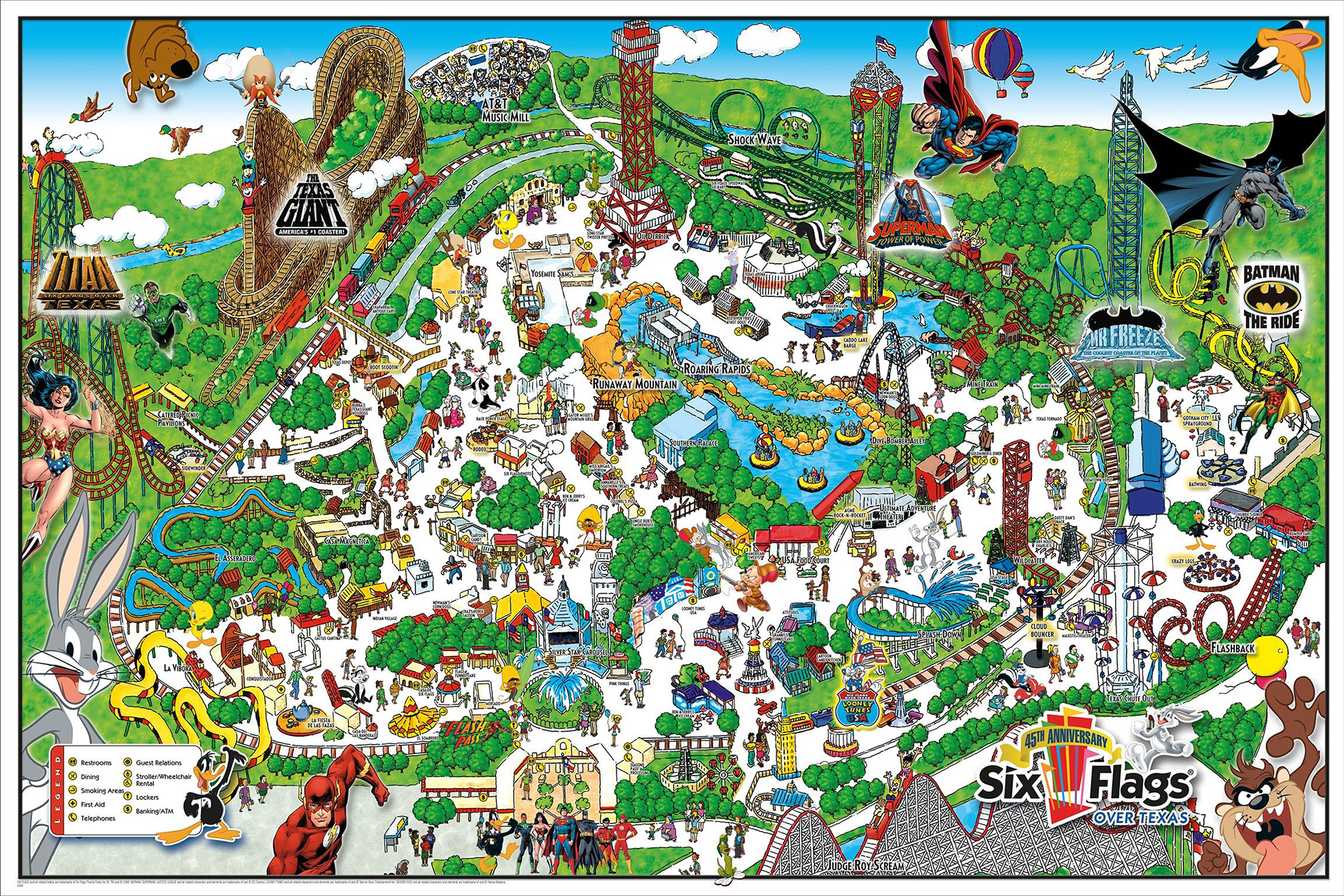
Six Flags Over Texas: 60 Years as an Arlington Icon
It's hard to imagine the Arlington skyline without roller coasters stretching towards the sky. Six Flags Over Texas has been a part of Arlington for 60 years, and the two are closely intertwined. Before Six Flags occupied more than 200 acres along 360 and I-30, though, the area was nearly empty. Today, it's home to Arlington's Entertainment District.
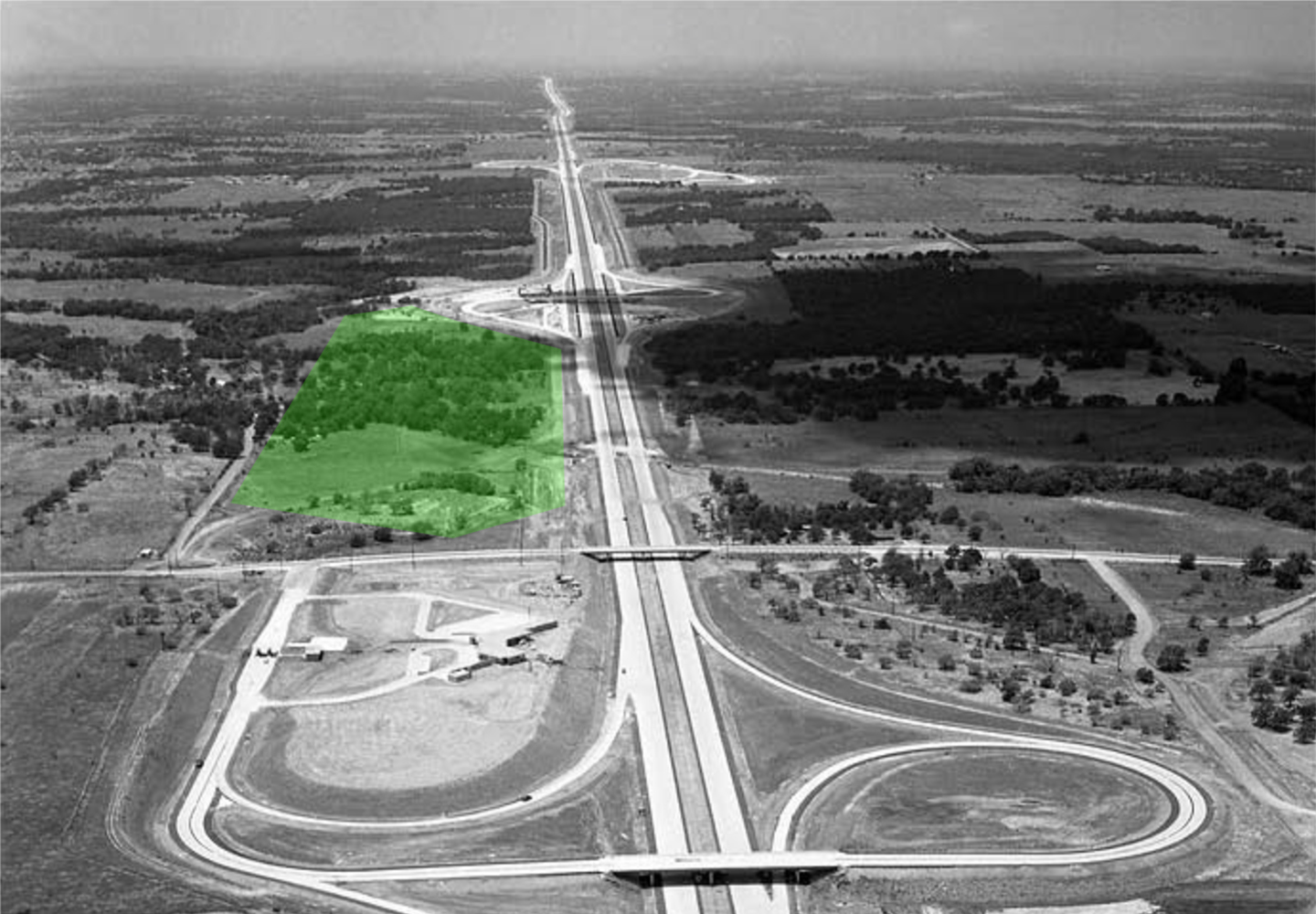
Disneyland, 1955
When Disneyland opened in Anaheim, California, in 1955, it changed amusement parks forever. Amusement parks weren't a new concept – they had been around for decades and were common throughout the United States. Disney's park was a new concept, though. It was a combination of movie sets, costumed workers, and themed rides. Additionally, it prided itself on its friendly workers, with a clean and safe environment for the whole family. Disney's parks are often seen as the benchmark for the industry today, and they certainly influenced every park that followed, including Six Flags.
Other theme parks opened in that era, but only Disneyland and Six Flags Over Texas remain. The others closed or went bankrupt, usually within a few seasons.
Arlington in the 1950s and 1960s
In 1950, Arlington's population was 7,465 people. When Tom Vandergriff was elected mayor in 1951, his leadership would transform the city. He helped bring the General Motors Assembly Plant to Arlington; it opened in 1954. The Dallas-Fort Worth Turnpike opened in 1957. New jobs in Arlington, more efficient ways to travel, and suburban growth after World War II would help Arlington's population skyrocket. By 1960, Arlington’s population was 44,775, no longer a small town, and Mayor Vandergriff looked for ways to continue to boost the city’s economy.
Angus Wynne, a businessman and developer, was President of the Great Southwest Corporation. He bought land for the Great Southwest Industrial District, a planned industrial district of warehouses and manufacturing plants. Wynne realized that it would be a few years before his industrial district would make a profit and needed something more immediate to pay the bills.
Vandergriff visited Disneyland, and later, so did Wynne. Not only were they impressed, but they could see the economic potential for a similar park in Arlington. Vandergriff first approached Walt Disney himself, proposing that a second Disney park be built in Arlington. After Disney declined the offer, Vandergriff and Wynne decided to move forward and build an amusement park in Arlington anyway.
Park Design and Layout
Initial plans for Six Flags began in 1957, with construction starting in 1960. There were 105 acres set aside, with 35 acres for the park itself. The area chosen was the intersection of two key highways – today, they're known as I-30 and 360.
The park's name comes from the six flags that have flown over Texas: Spain, France, Mexico, Texas, United States, and the Confederacy. Each of the park's six themed areas would be inspired by the history of Texas during a specific era.
More than 400 workers were hired to get the property ready. From design to construction, there was a tremendous amount of work to be done. Thus, many designs were based on ones from other amusement parks, and some materials were constructed elsewhere and then shipped to Arlington. Park construction took less than one year to complete.
Disneyland had a hub-and-spoke design, where a pathway from each of the major sections led to a central area. Six Flags used a different design – a loop. Randall Duell, an architect with experience in Hollywood movie sets, became the chief designer. The Duell Loop was a single pathway through the park. It allowed guests to travel in either direcQon to visit the park's attractions. Curved paths also helped separate different areas both visually and physically.
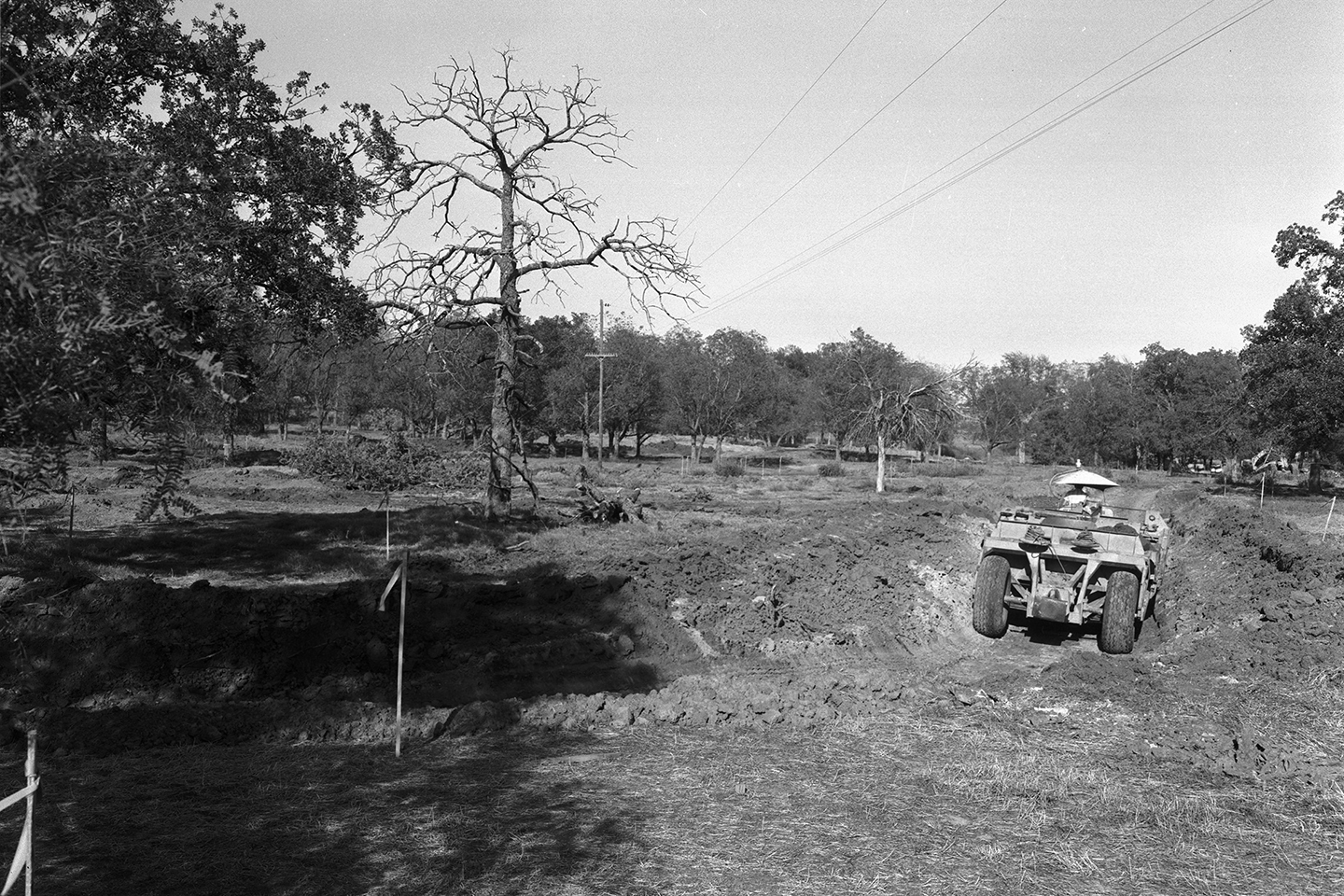
Six Flags' Early Days
Six Flags had its official opening on August 5, 1961, with 8,374 people, including local mayors and media, in attendance. The park mostly sold tickets in advance to help alleviate overcrowding. Admission was $2.75 for adults and $2.25 for children (equivalent to $24 and almost $20 today). One significant difference from other amusement parks, including Disneyland, was that admission at Six Flags included all rides, shows, and attractions.
The first season lasted 45 days and ended on November 25. More than 500,000 people attended the park's first season – a number greater than the 2021 population of Arlington. From a financial perspective, the first season was a success. The park paid its construction costs and turned a profit in its first year.
Six Flags had plenty of entertainment options, but there was also a strong focus on history. Of course, the park's name itself was part of a history lesson.
Each area had rides, shows, music, landscaping, dining, and shopping options relevant to its theme. There were also performers, costumes, reenactments, activities, and exhibits. Many rides were designed to replicate actual experiences from the various periods. Areas were painted in a single-color palette to help visually distinguish one from another. It was in the spirit of creating an atmosphere where guests could travel back to a different time and place.
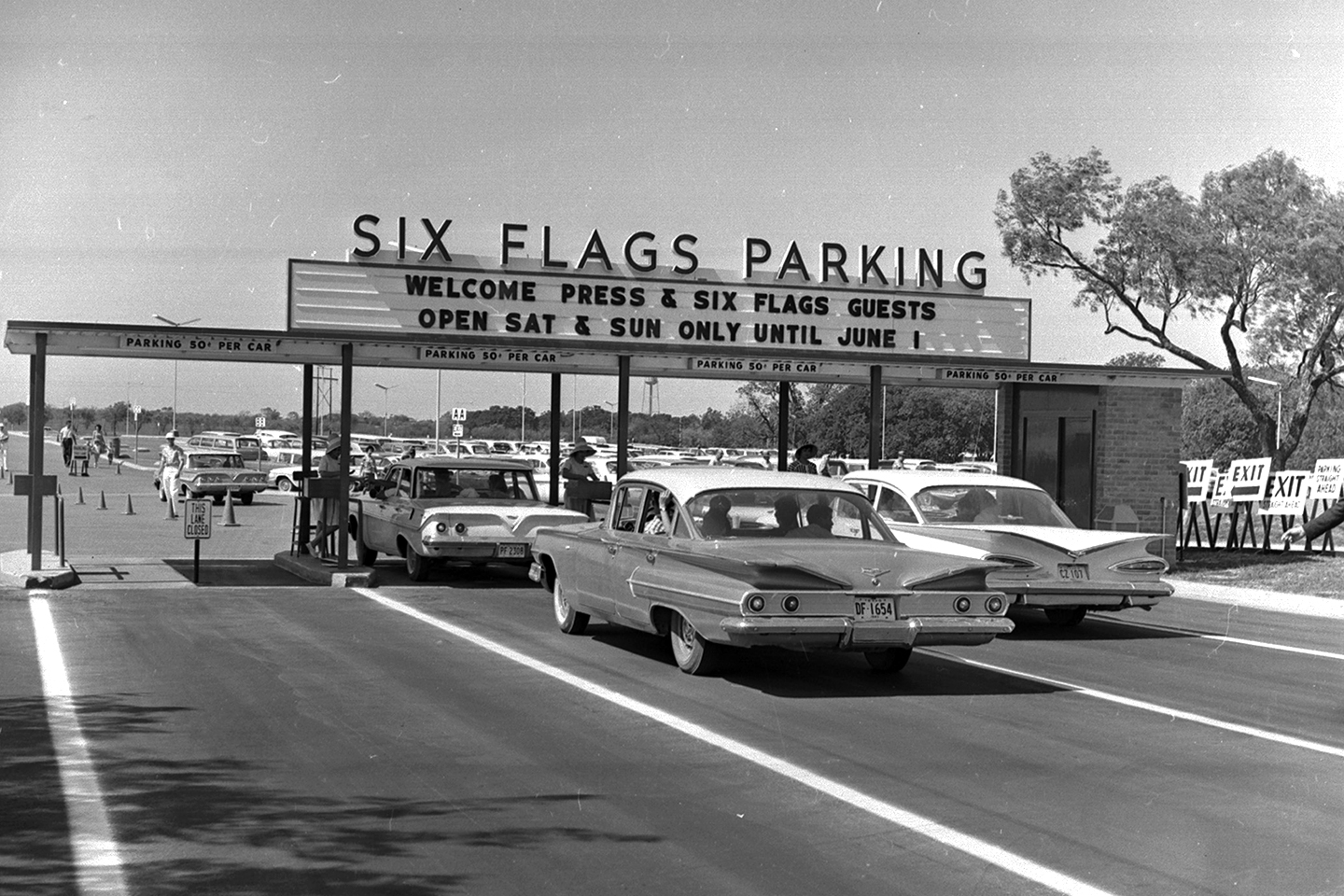
Oldest Rides
More than 25 major rides, attractions, and shows have come and gone over the years. While most of the early rides are gone, a few survived.
There are nine rides still around from the 1960s. The oldest ride in the park is The Six Flags Railroad, also known as The Train. It is the only ride still in operation from the park's first season.
Other rides from the 1960s include:
- Chaparral Antique Cars (1962)
- El Aserradero, also known as the Flume Ride or the Log Ride (1963)
- Silver Star Carousel (1963)
- The Cave Ride (1964)*
- El Sombrero (1965)
- Runaway Mine Train (1966)
- Mini Mine Train (1969)
- The Tower / Oil Derrick (1969)
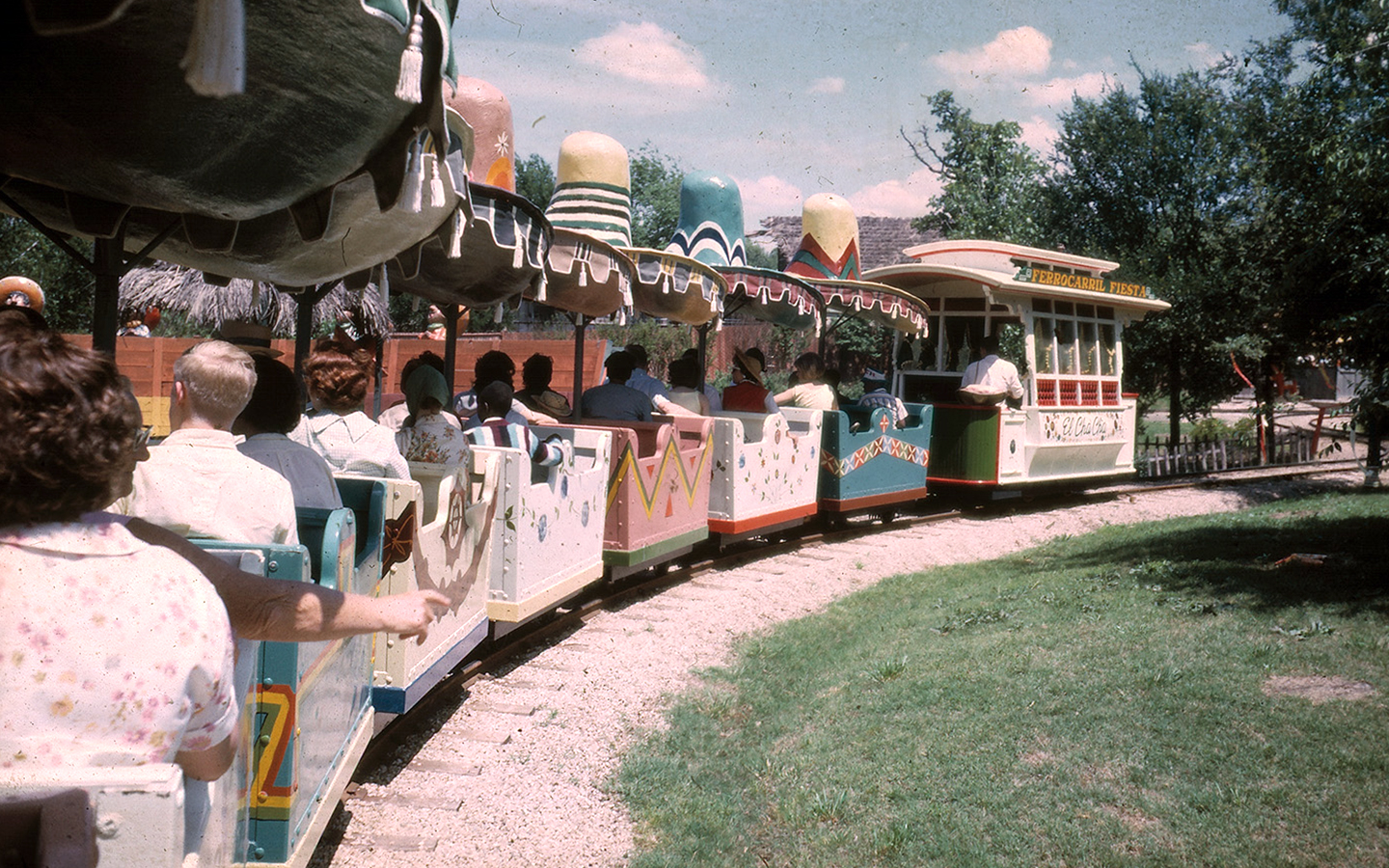
Texas Historical Markers at Six Flags
Six Flags has four Texas Historical Markers inside the park. While they probably don't get as many photos as the rides or attractions, they help recognize some of the park's history. The "Six Flags over Texas" marker highlights the history of the six flags that have flown over Texas. The other three plaques – "Cable Tool Rig," "Carousel," and "Narrow Gauge Railway" – help tell the inspiration and details behind a few of the older rides.
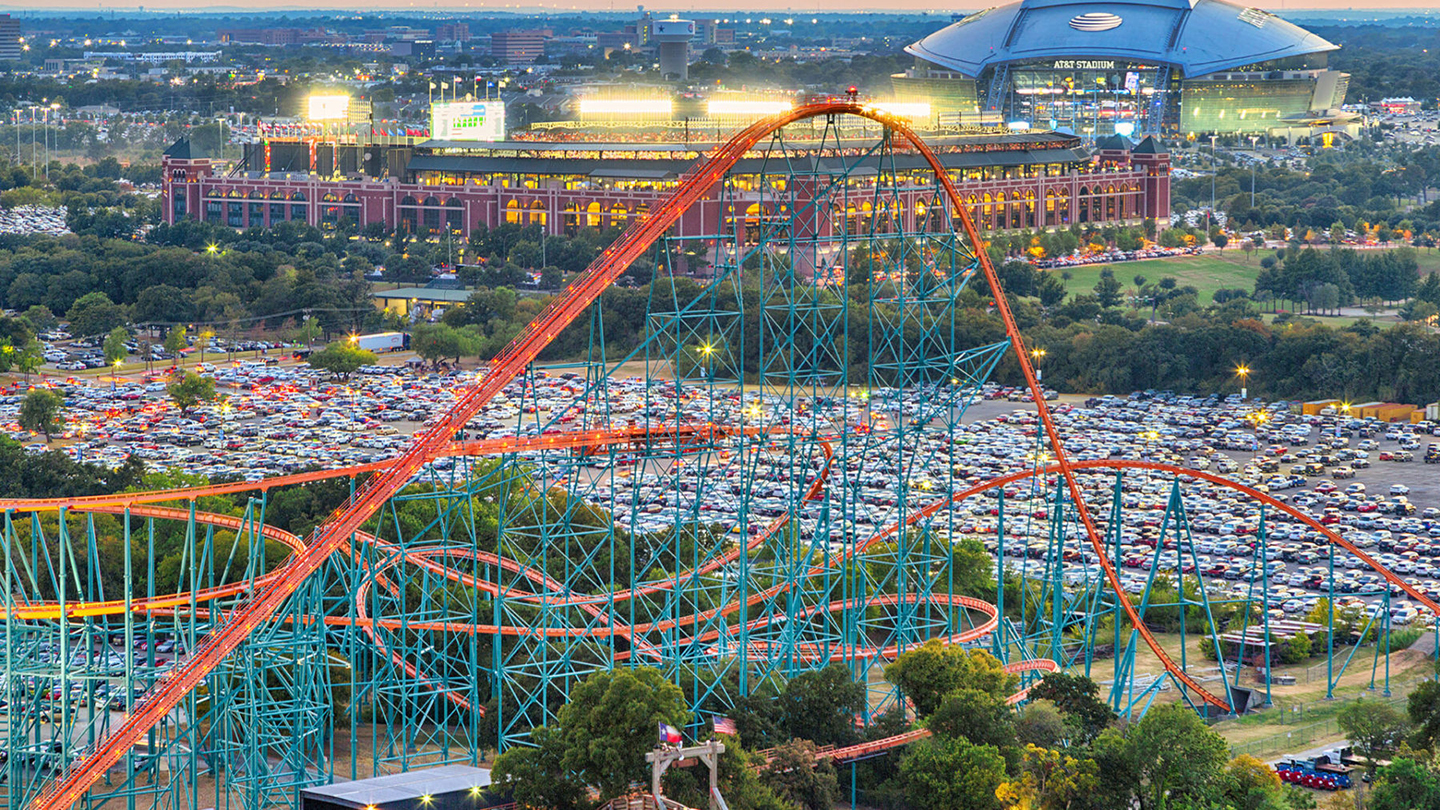
Six Flags Today
Six Flags anchors Arlington's growing Entertainment District. The district brings in thousands of visitors each year to help make Arlington one of the top tourist destinations in Texas. Undoubtedly, tourism is substantial for Arlington, as it has a significant financial impact on the city.
The park has come a long way since its 1961 season. It's much different from its beginnings, yet it has a decent mixture of old and new. The park has evolved and grown, much like the city of Arlington.
Today, Six Flags has nearly 50 rides, plus many other attractions and shows. There are countless dining and shopping options. The park also hosts several festivals and events throughout the year. The park is near its capacity, and any new additions will likely have to replace existing ones. What will the park keep, and what will only be left as a memory? Only time will tell, but the park continues to thrive on innovation. Scheduled to open in 2022 is the "Aquaman: Power Wave." It's a hybrid roller coaster and water ride said to be the first-of-its-kind.
Six Flags Entertainment Corporation – with its headquarters in Arlington – has 27 parks in North America, with many using the "Six Flags" brand. Yet, Six Flags Over Texas in Arlington started it all. Over 100 million people have visited the park, making it one of the most popular attractions in North Texas. Along the way, Six Flags helped bring many other developments and attractions to Arlington.
A Personal Note: My Favorite Memories of Six Flags
I still like the older rides the best. My favorite ride is the Runaway Mine Train. I like the theme of it, and it has such a nostalgic feel. I always enjoyed the trilogy of the Conquistador, El Sombrero, and La Vibora – the ship, the hat, and the bobsled – as we called them as kids and also later as adults. I loved the Flashback and was disappointed when they tore it down.
Growing up in Mansfield, we went to Six Flags often. It was a fun and memorable part of my youth. As Six Flags is older than I am, it's always been there, and I hope it always will be. It's nostalgic and an Arlington icon. Arlington wouldn't be the same without it.
RESOURCES
For more information about Six Flags, check out Six Flags Over Texas: The First Fifty Years by Davis McCown. McCown's book, and the accompanying website, www.parktimes.com, are the next best thing to being there. Another website, www.sfotsource.com, is also worth a visit.

